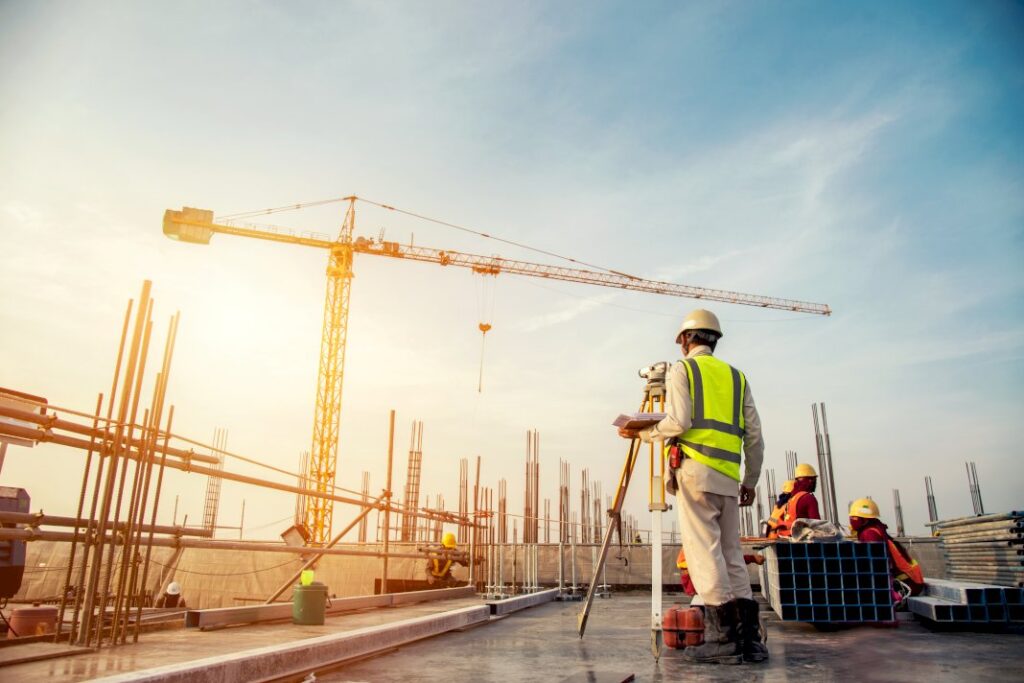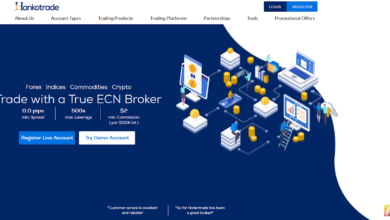Managing Equipment in a Construction Business

As a construction business owner or manager, you understand that machinery and equipment are vital in daily operations. Managing these assets is crucial to your business’s success, and keeping up with maintenance, replacement, and regulatory compliance can be challenging. Here’s a guide to better manage your construction equipment.
Conduct Regular Inspections
Your construction equipment is likely to run continually from one job to the next, but carrying out regular equipment inspections can help you identify problems earlier and prevent major breakdowns.
Develop an inspection checklist and ensure your operators perform them daily, weekly, and monthly. An inspection checklist should include the mechanical condition, fluid levels, tire pressure, and fuel levels. Regular equipment checks help identify when maintenance needs to be performed, preventing significant issues before they happen.
Implement Maintenance Schedules
Regular equipment maintenance will ensure that they are running at optimal efficiency and reduce the likelihood of unscheduled downtime. Create and follow a maintenance schedule. Details like fluid changes, tune-ups, and repairs should be scheduled in advance and communicated to your team. Keep records of when your machines last had maintenance so you can project when the service will be necessary again.
Proper Training of Operators

Ensure your operators are well-trained and experienced with the machinery they operate. They should be familiar with the following things:
Equipment safety procedures
Equipment safety procedures are critical, especially when operating large or heavy machinery. Operators must understand how to use the machine safely and in compliance with safety regulations.
Correct operation techniques
Operators should know what type of materials they can handle and how to operate the equipment correctly. They’ll need to be aware of their surroundings at all times and adhere to safe driving practices.
Maintenance and troubleshooting
Operators should be able to identify when maintenance is needed, as well as how to troubleshoot common problems. This will help them keep the equipment running smoothly and reduce downtime due to mechanical issues.
Documentation
Your operators should also keep detailed records of your equipment maintenance and usage. This includes logbook entries for each machine, service reports, and maintenance schedules. Documenting your operations will help you stay on top of any potential problems and provide helpful information to analyze when planning future jobs.
By training your operators properly, you can ensure that your equipment is always running efficiently and reduce the likelihood of expensive repairs and breakdowns.
Manage Equipment Use
Use equipment efficiently and appropriately. It’s essential to understand how equipment is being utilized in each project. Doing so will help you schedule maintenance and plan replacements or upgrades effectively. Only using equipment when you need it will save you thousands of dollars in fuel and equipment costs. Additionally, regular maintenance will help you stay on top of any potential problems and minimize downtime.
Stay Compliant
Make sure you comply with all relevant regulations when it comes to your equipment. This includes following safety procedures, adhering to industry standards, and making sure that your operators are adequately trained. Regular compliance checkups can help you identify potential issues early and ensure that your business is running smoothly.
Plan Equipment Replacement and Upgrades

There is no denying that the technology surrounding construction equipment evolves quickly. As a business owner, it’s imperative to keep up with technological advancements. Plan equipment replacement in advance by considering current technological advancements.
But technological advancements aren’t the only things that should influence this decision. You should also consider the age and overall condition of your current equipment. This is especially important for material handling and load securement tools, such as double-leg chain slings, as they are subject to strict safety regulations. These slings lift and move heavy loads, typically weighing several tons or more. So make sure to replace double-leg chain slings as often as required and keep in mind the manufacturer’s suggested lifespan.
From conducting regular inspections to staying compliant with regulations, managing construction equipment is no easy task. But if you follow the tips and advice outlined in this article, you can create a system that will help ensure your machines are running efficiently and safely.
Implementing maintenance schedules, training operators correctly, managing equipment use appropriately, staying compliant with safety standards, and planning replacements or upgrades are all essential steps to better manage your construction equipment. By taking these simple measures into account now, you’ll be able to save both time and money down the road.
For more valuable information visit our website.






